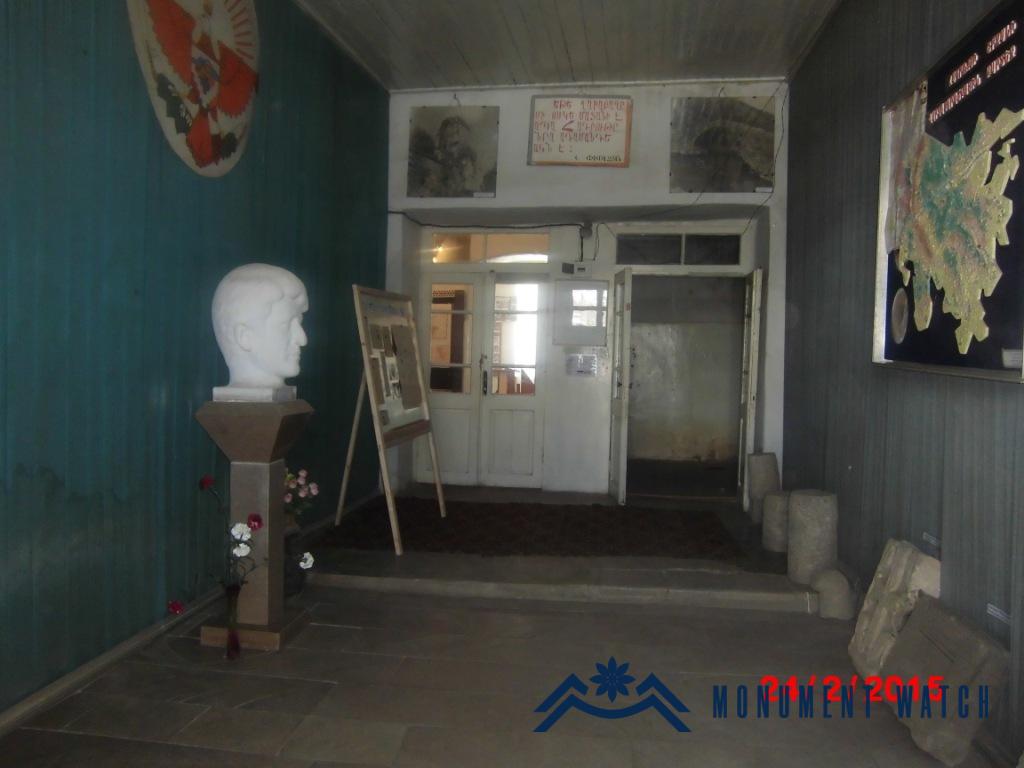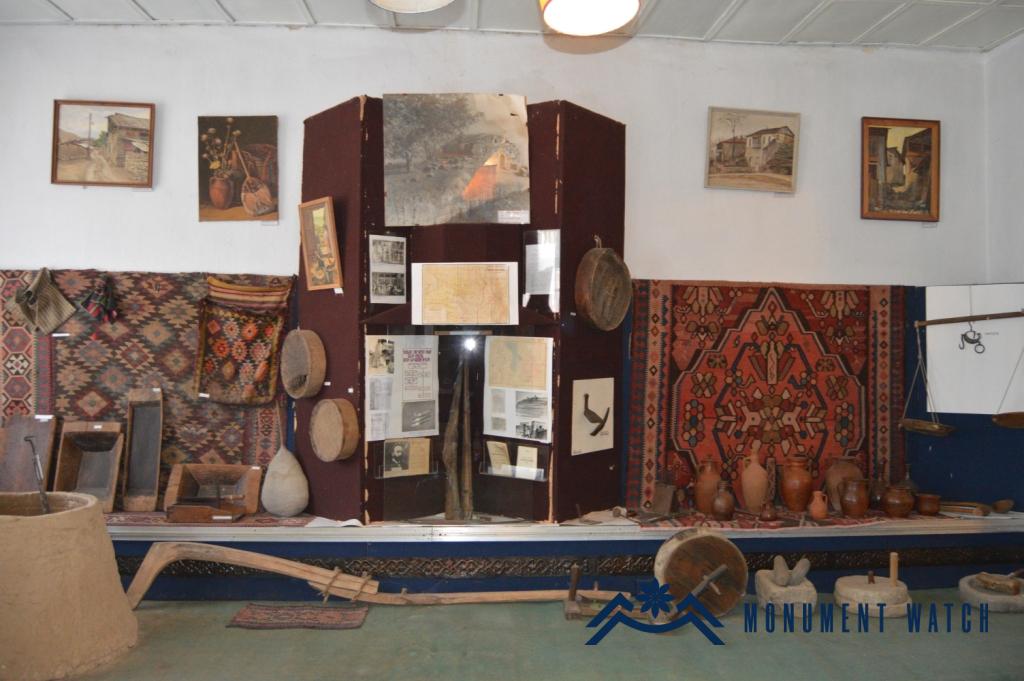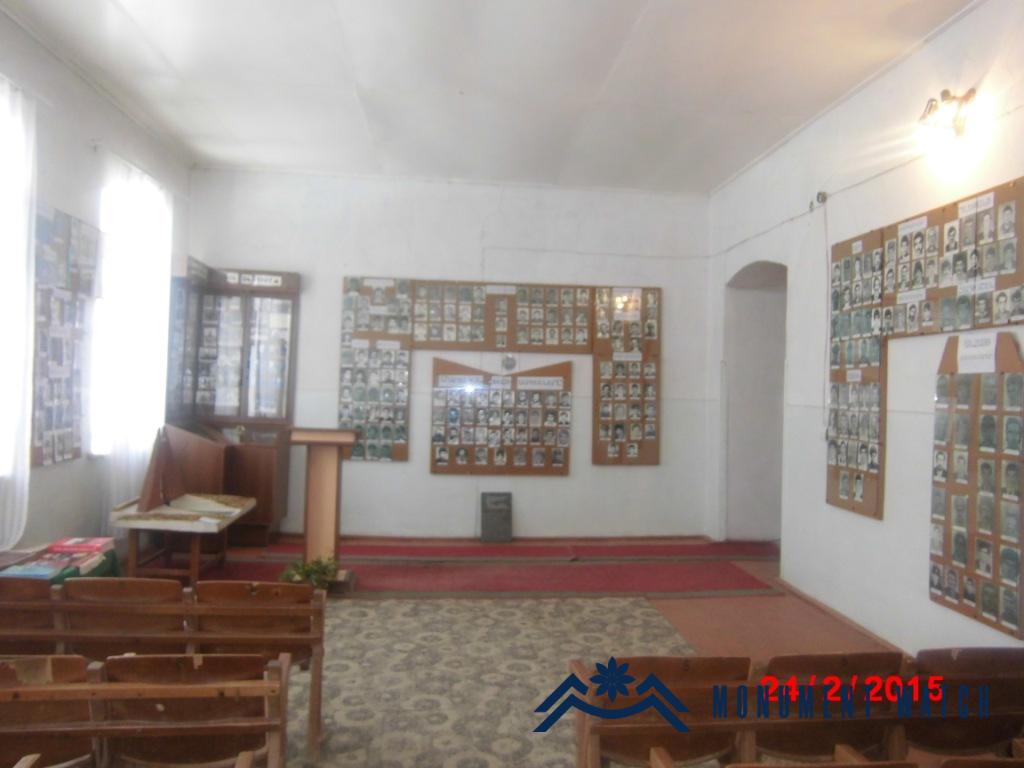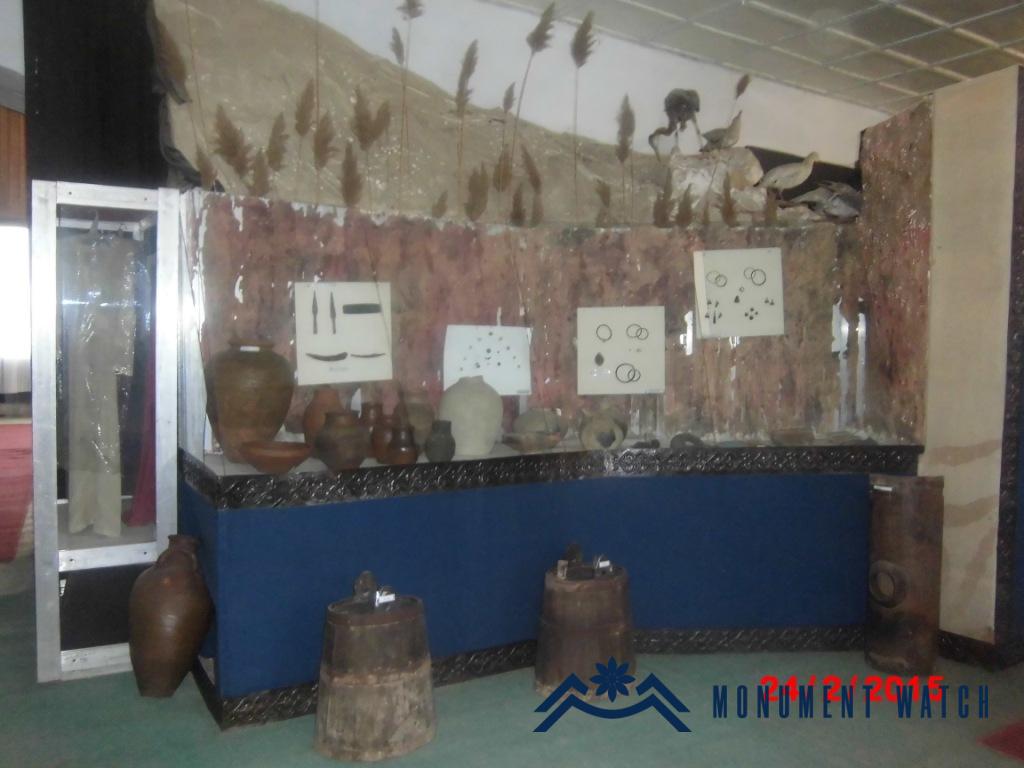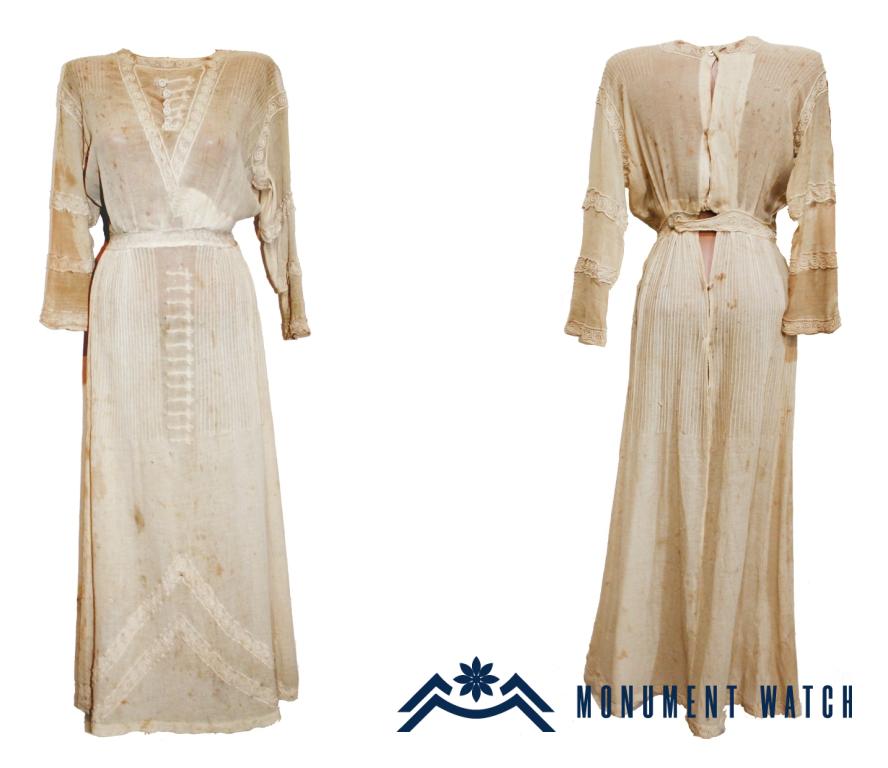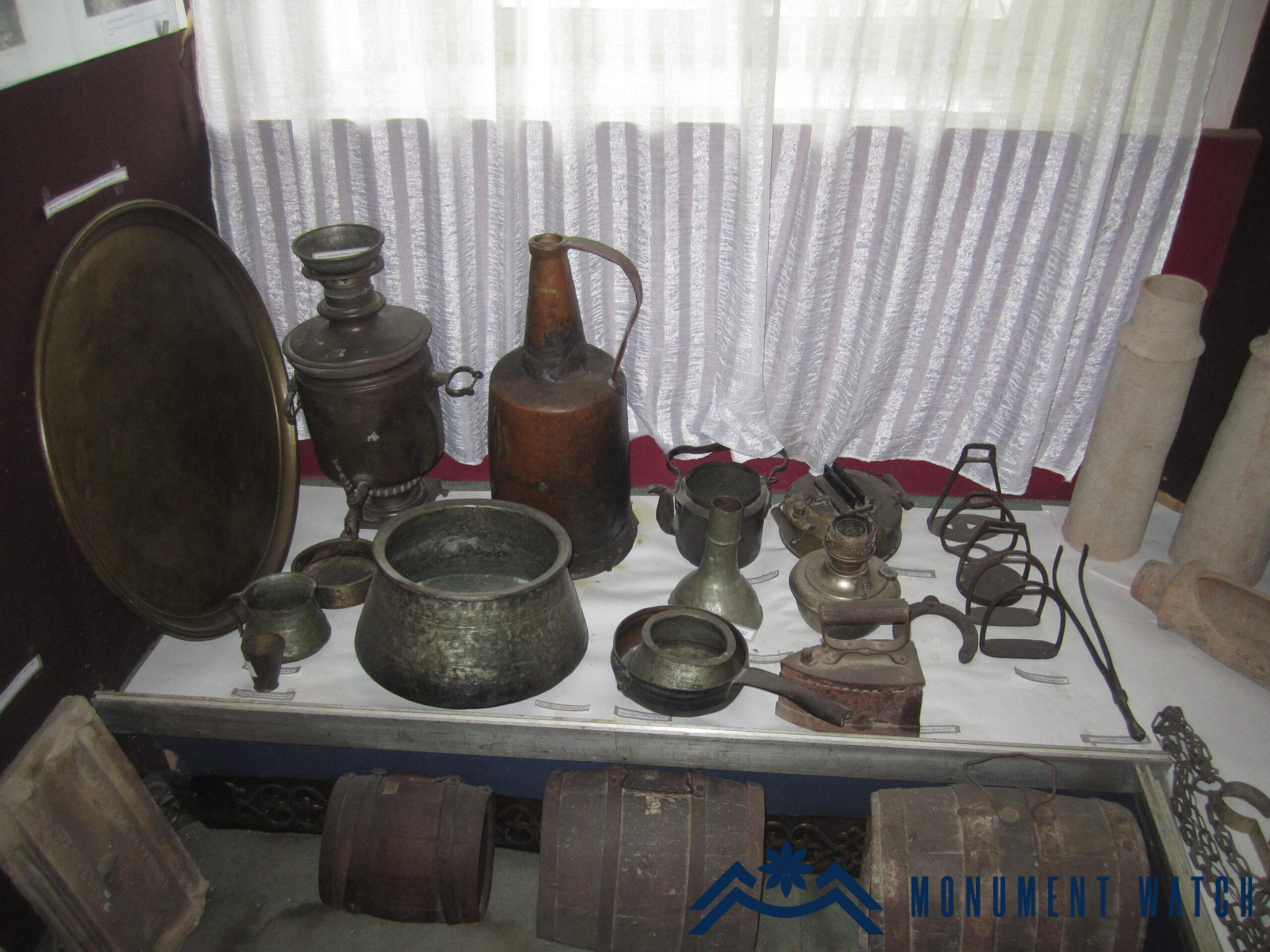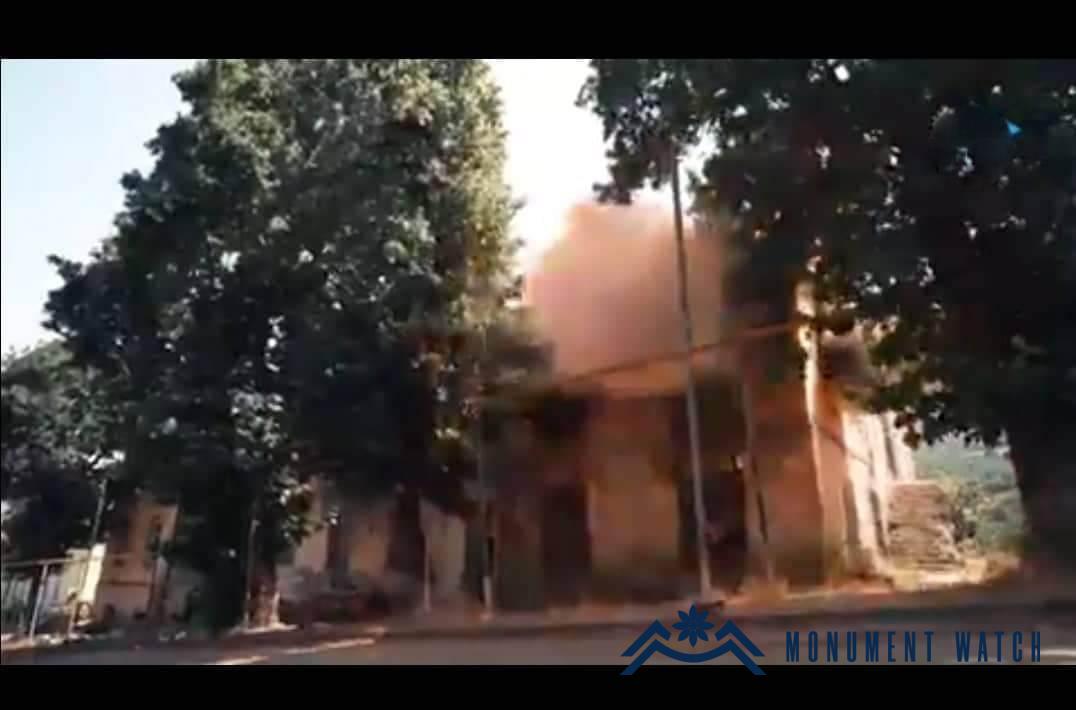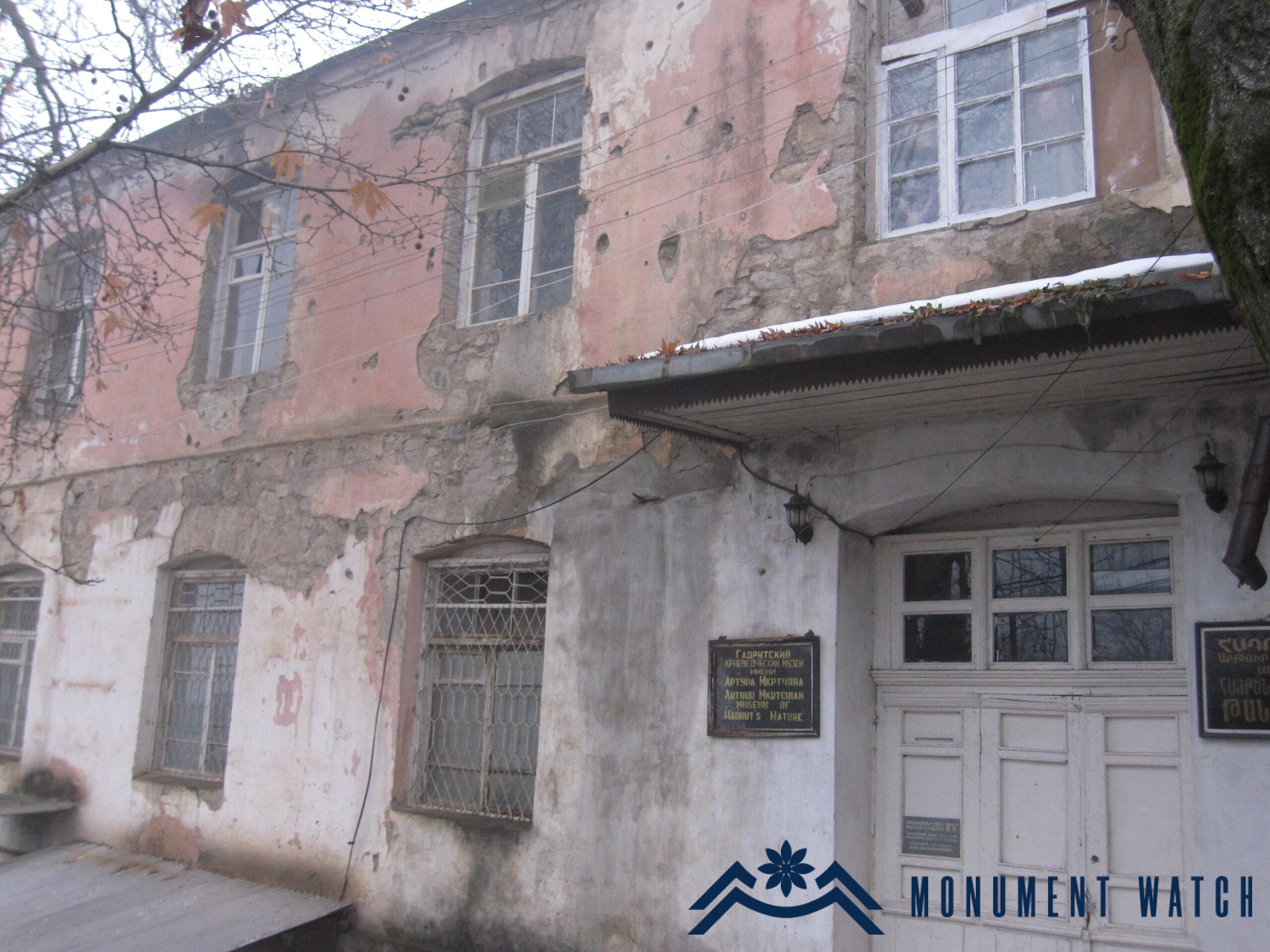
The local history museum of Hadrut named after Artur Mkrtchyan
History
The museum was established in 1984, with Grigory Mardanyan serving as the founder and inaugural director. Artur Aslani Mkrtchyan assumed the role of museum director from October 17, 1986, to September 12, 1991. Later, he became the first chairman of the Supreme Council of Nagorno-Karabakh.
The museum was initially named "Dizak" and later, in honor of Artur Mkrtchyan's significant contributions through extensive collecting and scholarly endeavors, it was renamed "The Local History Museum of Hadrut named after Artur Mkrtchyan." A bust of Mkrtchyan was placed in the museum's lobby near the entrance. The museum was housed in one of the former schools of the city, located at 78 Artur Mkrtchyan Street (Fig. 1).
The museum boasted 7,680 exhibits distributed across 6 exhibition halls and funds, offering a comprehensive presentation of the region's history from ancient times to the present day.
The exhibition and the collection
The museum encompassed a lobby, six exhibition halls, and funds. Within the halls, notable features included a bust of Arthur Mkrtchyan, a relief map of the Hadrut region, and fragments of khachkars and diverse stone sculptures sourced from various monuments in Hadrut (Fig. 2).
The brief history of the Hadrut region and Armenia unfolded across six halls, each dedicated to a specific theme (Figs. 3-6).
- Hall 1: Presented an overview of the historical-architectural monuments of the historical Dizak province, delving into the history of the museum's inception, and highlighting the biography of the founder, Grigory Mardanyan.
- Hall 2: Focused on showcasing the flora and fauna of the region, along with an exploration of the Stone Age period.
- Hall 3: Highlighted the culture of the region from the Bronze Age to the Middle Ages, featuring agricultural tools and household items.
- Hall 4: Explored the history and culture of the region during the pre-Soviet and Soviet years.
- Hall 5: Explored the history of the Armenian Genocide, the Great Patriotic War, and the Sumgait pogroms. Featured photos and biographies of Hadrut residents who gained recognition in various fields.
- Hall 6: Displayed photos of Hadrut freedom fighters who lost their lives in the first Artsakh war, organized by villages. The exhibit included photographs of Order of the Combat Cross, missing freedom fighters, and Hadrut residents killed in the April four-day war. Additionally, separate panels detailed the path of Artur Mkrtchyan, and a model of the monument dedicated to the memory of the fallen freedom fighters was exhibited in this hall.
The museum houses rare exhibits, including a 19th-century Artsakh wedding dress, a khachkar relocated from Gtchavank, a miniature representation of the Azokh cave, and personal belongings of Arthur Mkrtchyan (Figs. 7, 8).
The condition after the war
We regret to note that, after the war, the Artur Mkrtchyan Museum of Patriotism in Hadrut did not align with the concept of a modern museum in terms of its structure, building, and technical equipment.
During the 44-day war, the entire museum exhibition and funds remained in place and fell under the control of the Azerbaijani armed forces.
According to residents, the building was not damaged as a result of the military operations; only the roof suffered damage due to shelling (Fig. 9). In one of the videos released by the Azerbaijani armed forces after the war, it can be observed that during exercises conducted by the Azerbaijani army in Hadrut, the building serves as a target, and eventually, it is blown up.
Until now, it is unknown whether the museum's collection remained in the building that was blown up or not.
In 2023, the Hadrut History Department was established by the decision of the Minister of the Ministry of Education and Culture of the Republic of Artsakh. The department is tasked with collecting and researching the preserved electronic collections of the former museum, as well as gathering new materials related to the region.
The museum and international law regulations
The 1954 Hague Convention for the Protection of Cultural Property in the Event of Armed Conflict, along with its two protocols (1954 and 1999), serves as the international legal and legislative framework for safeguarding cultural property, including museums and their collections, during times of armed conflict. Article 4 of the 1954 Hague Convention for the Protection of Cultural Property in Time of Armed Conflict prohibits various actions that can cause harm to cultural heritage. These actions include vandalism, theft, robbery, and misappropriation, as well as engaging in hostilities and reprisals that target cultural heritage. It is prohibited to destroy cultural or spiritual values in occupied territories, according to the first Hague Protocol of 1954. The requirement is reaffirmed in the Second Hague Protocol of 1999, which classifies such an act as an international crime under Article 15. Actions aimed at destroying cultural values are also prohibited by four international conventions and protocols on the protection of victims of war, rules, and customs of war of Geneva of August 12, 1949, as well as applicable UN resolutions and human rights treaties.
